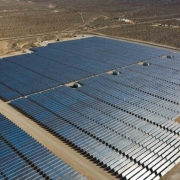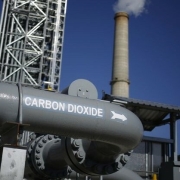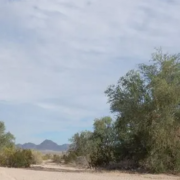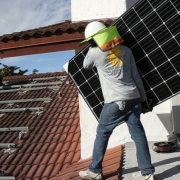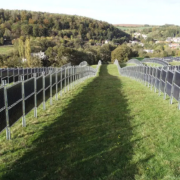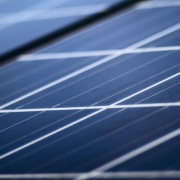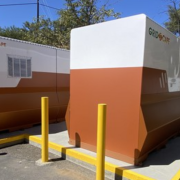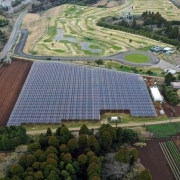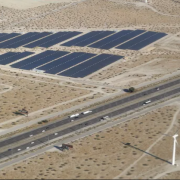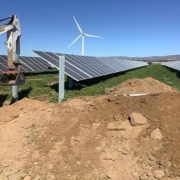Renewable energy giant EDP Renovaveis SA (ELI:EDPR) today said it has clinched a deal to sell the output of a 200-MW solar park it plans to build in the US state of California.
The company, which is the renewables arm of Portuguese utility EDP (ELI:EDP), will sell the electricity under a long-term power purchase agreement (PPA). The name of the power off-taker was not disclosed in the press statement.
The proposed solar photovoltaic (PV) project, the name of which was not specified, will be integrated with 150 MW of battery storage capacity. The complex is due to be fully commissioned in 2024.
Click here to read the full article
Source: Renewables Now
—
If you have any questions or thoughts about the topic, feel free to contact us here or leave a comment below.

